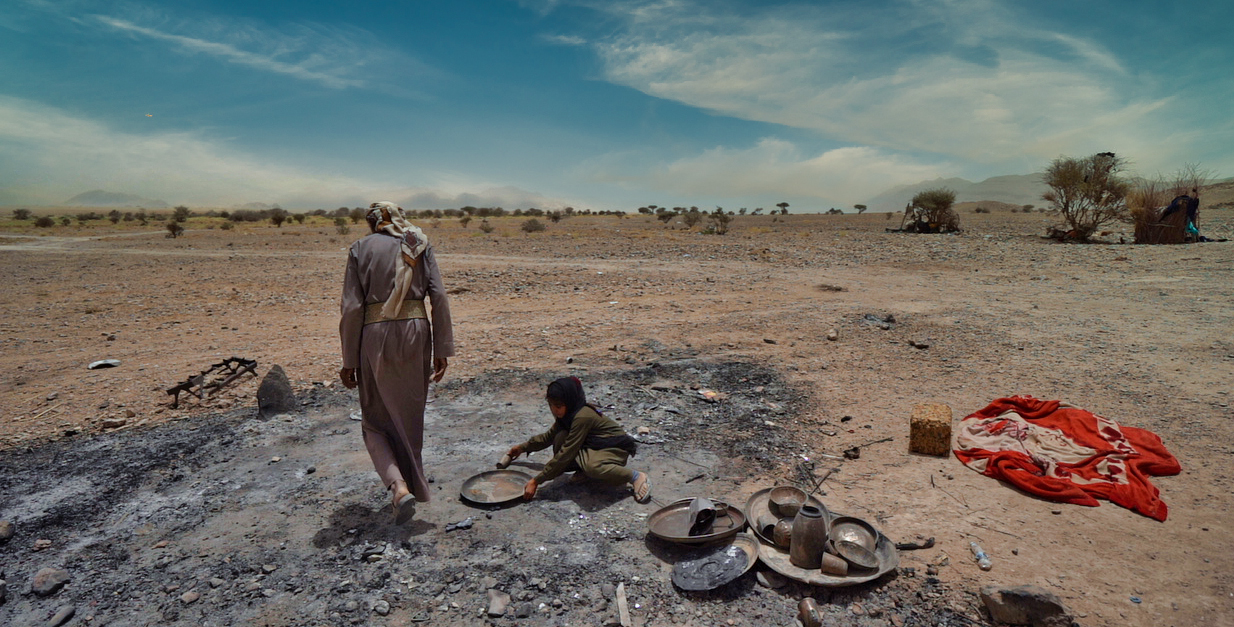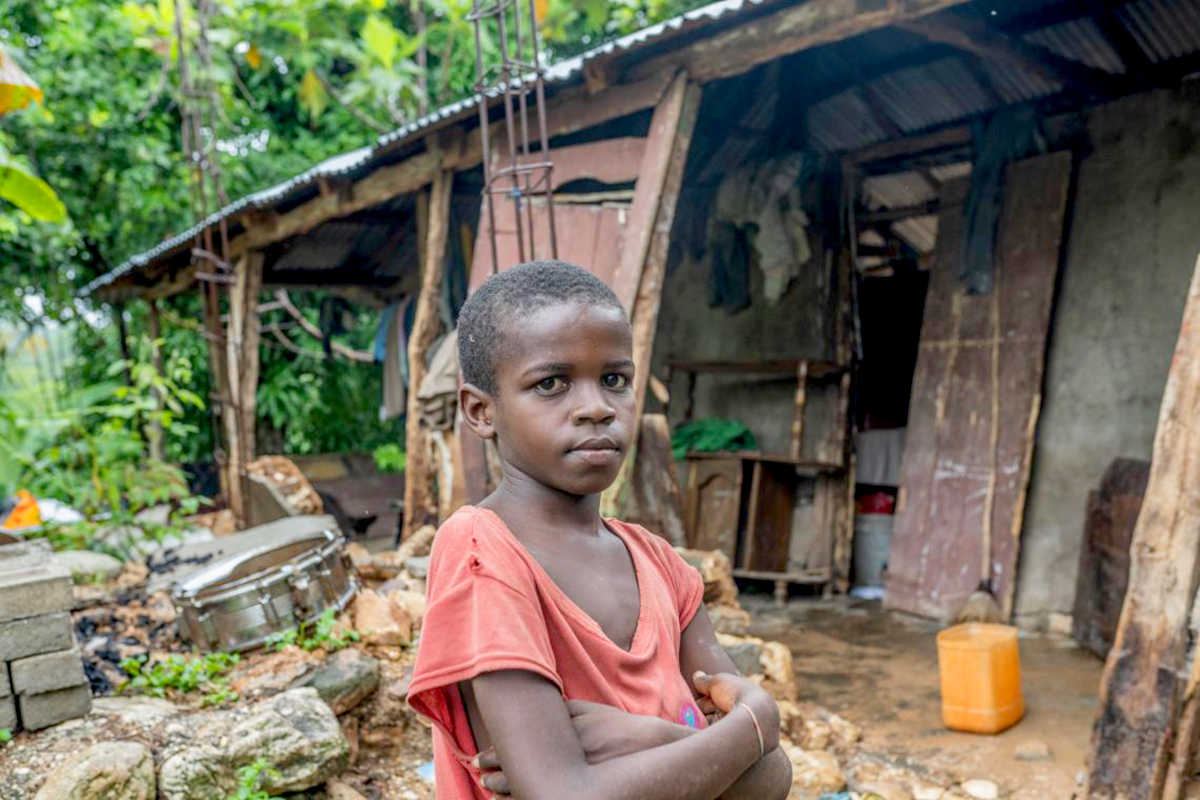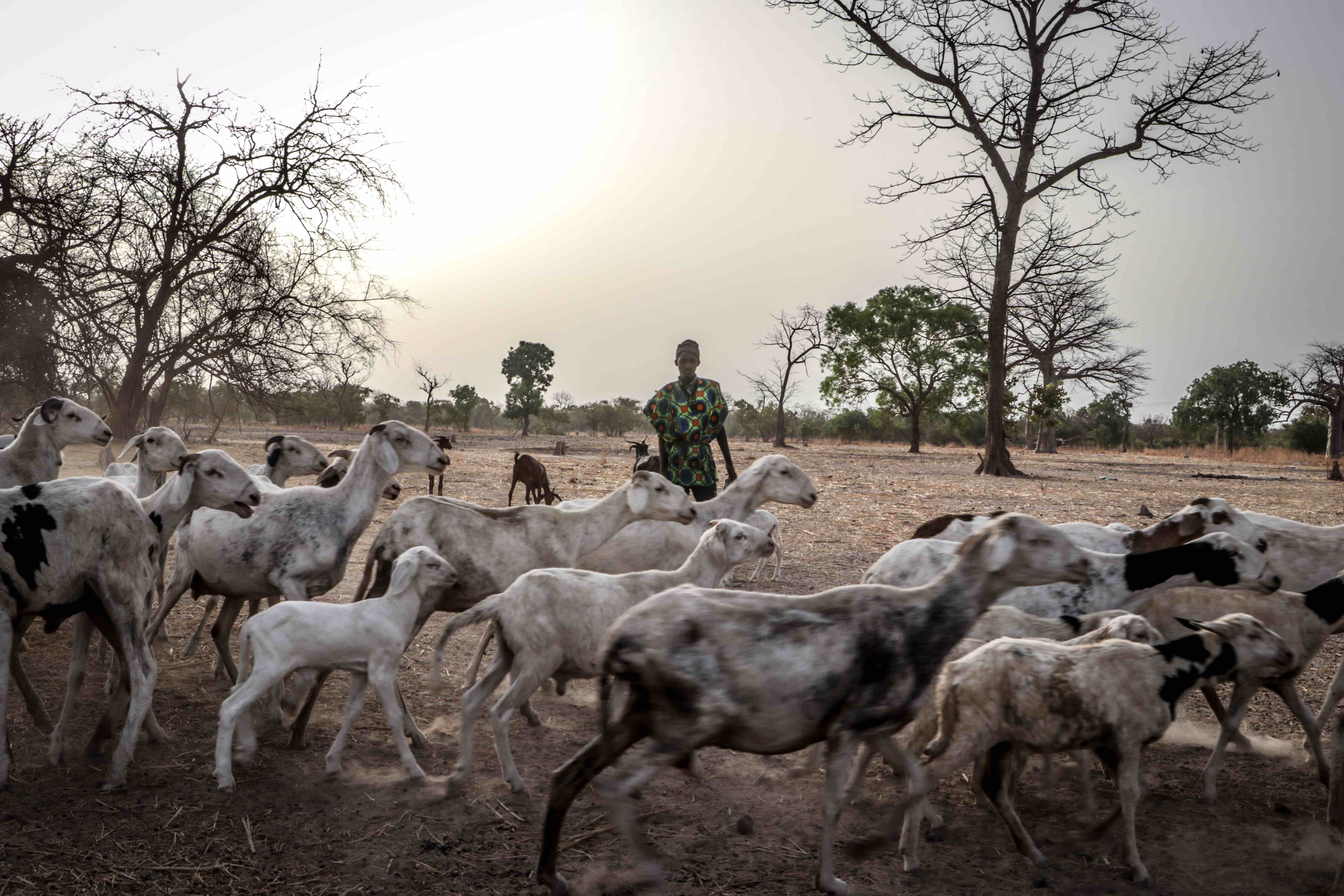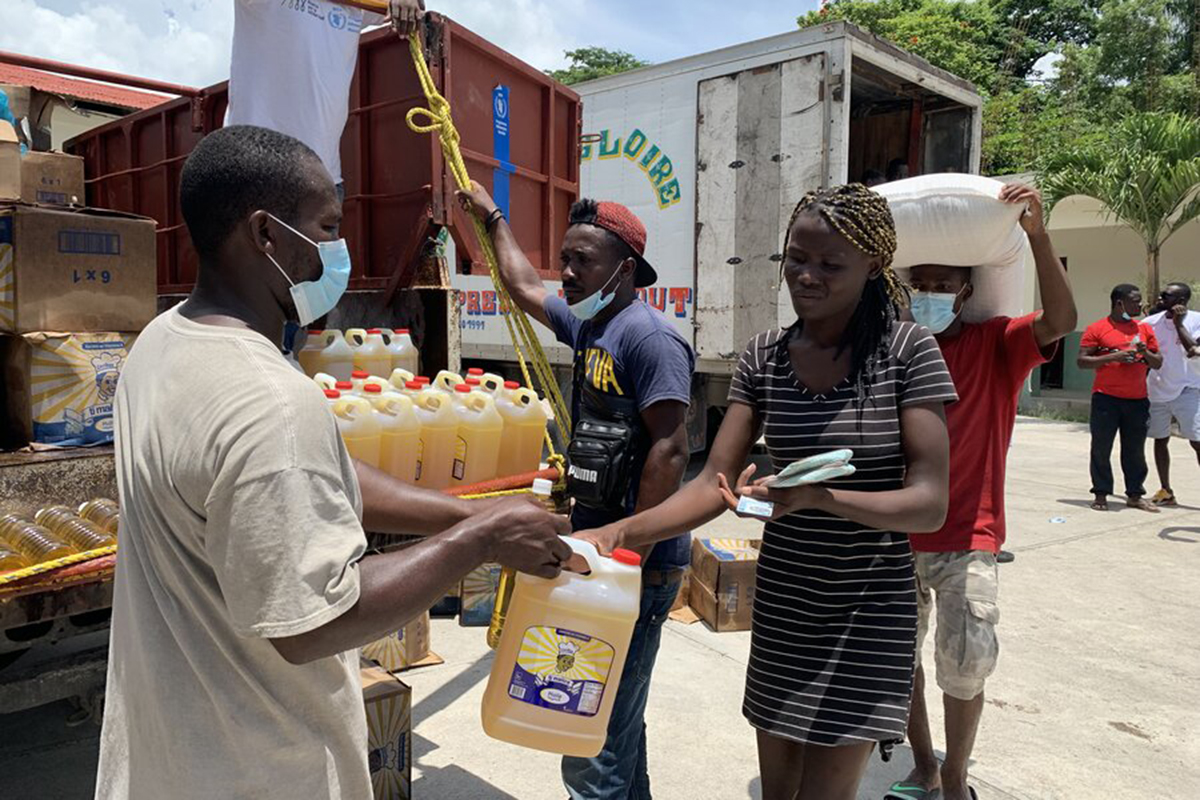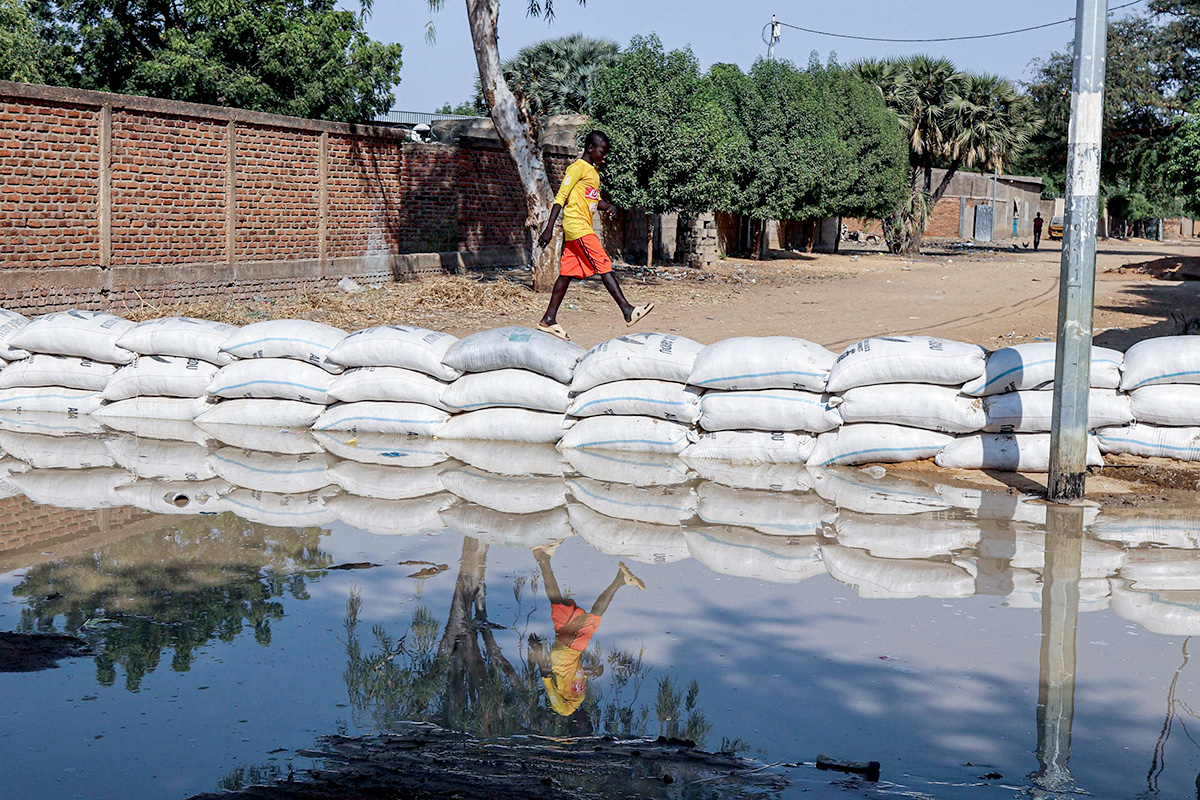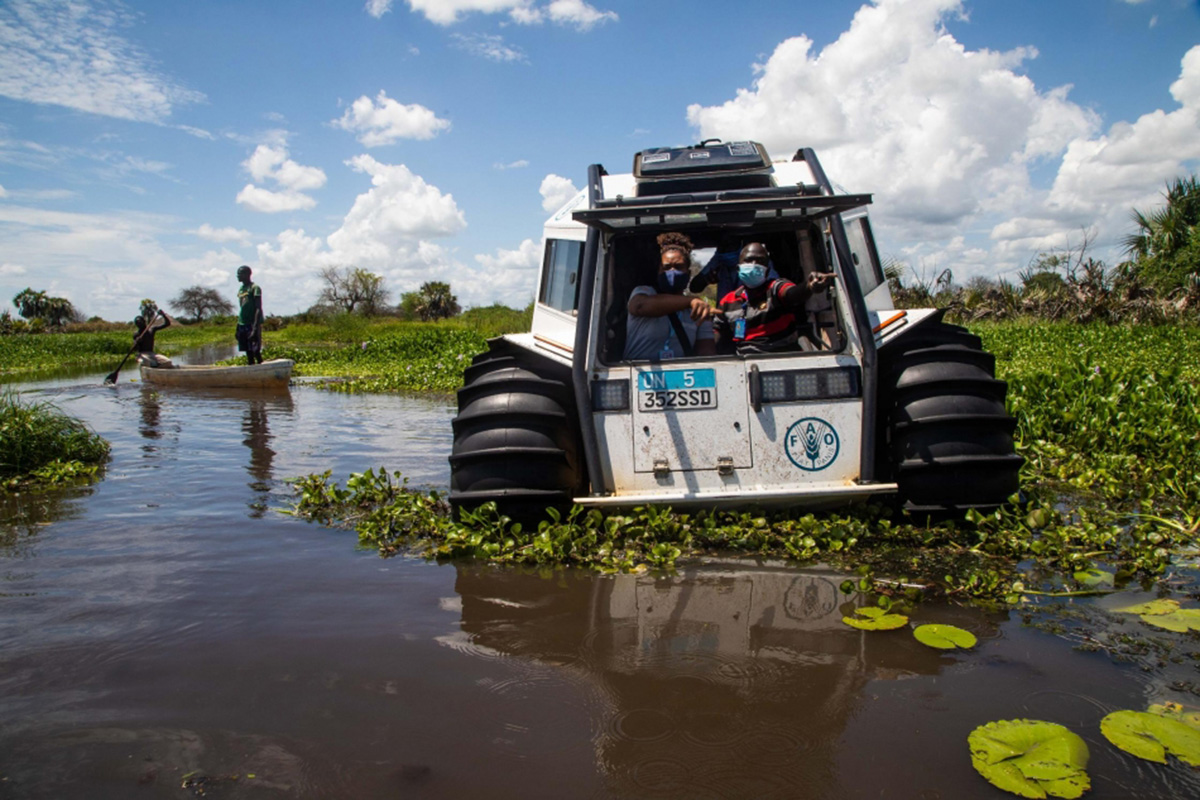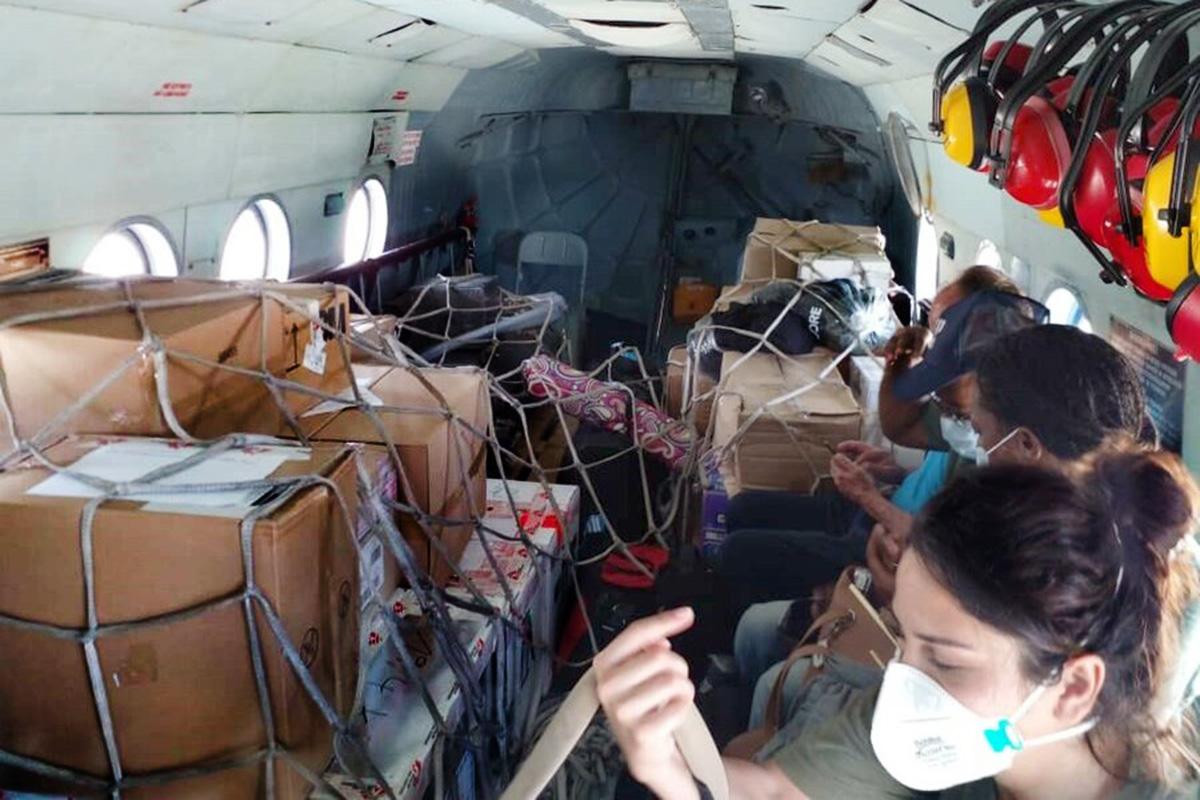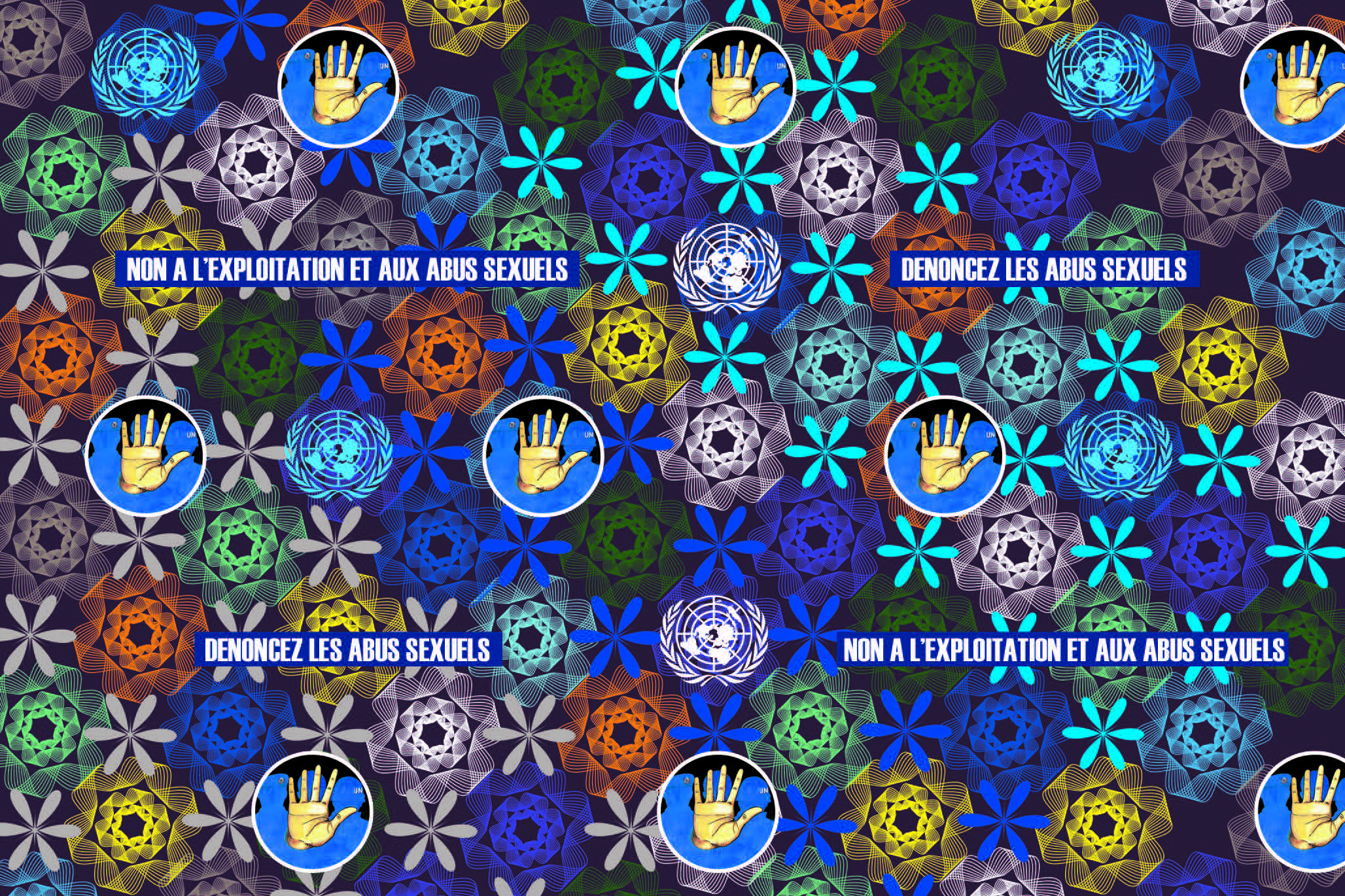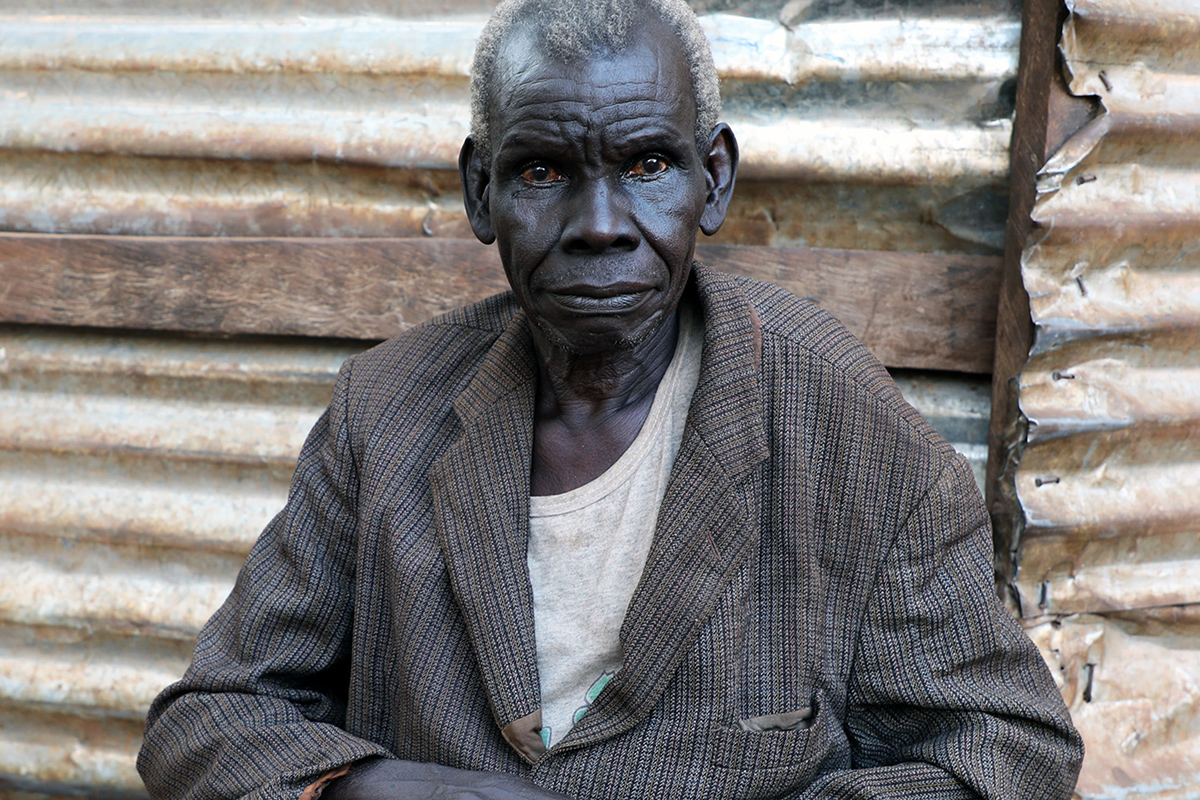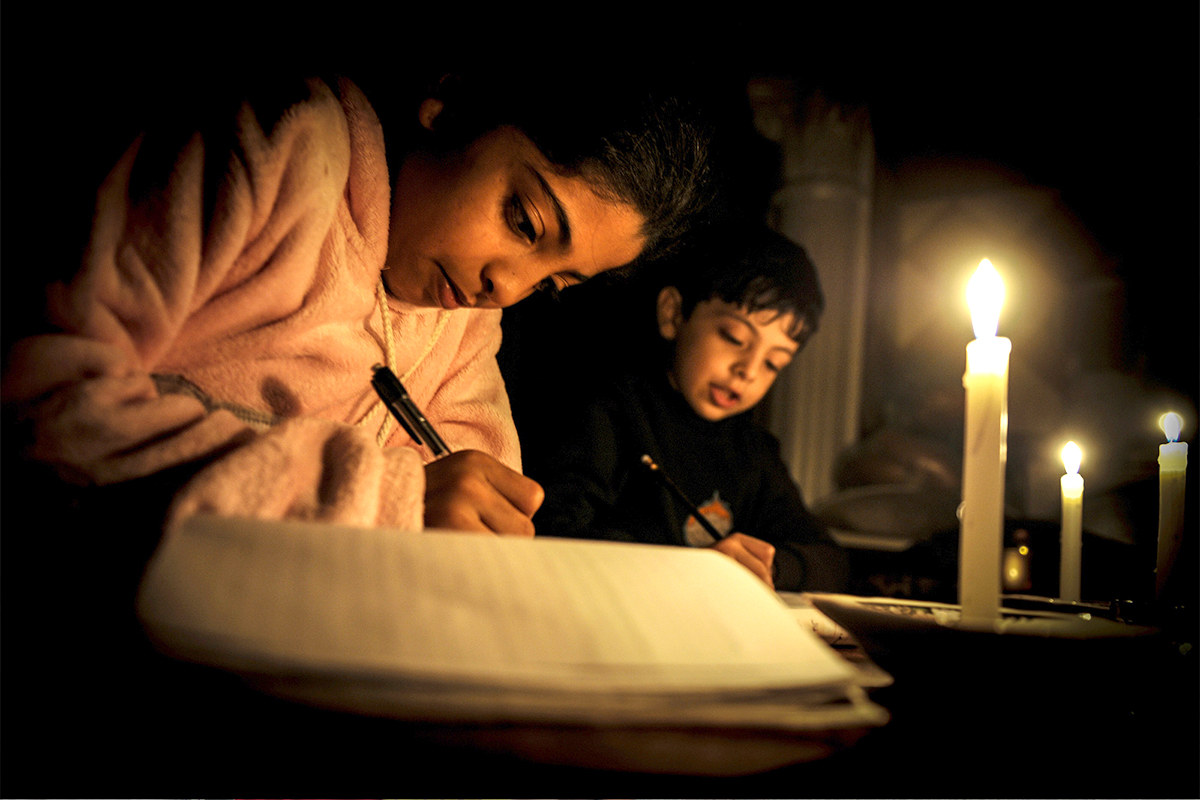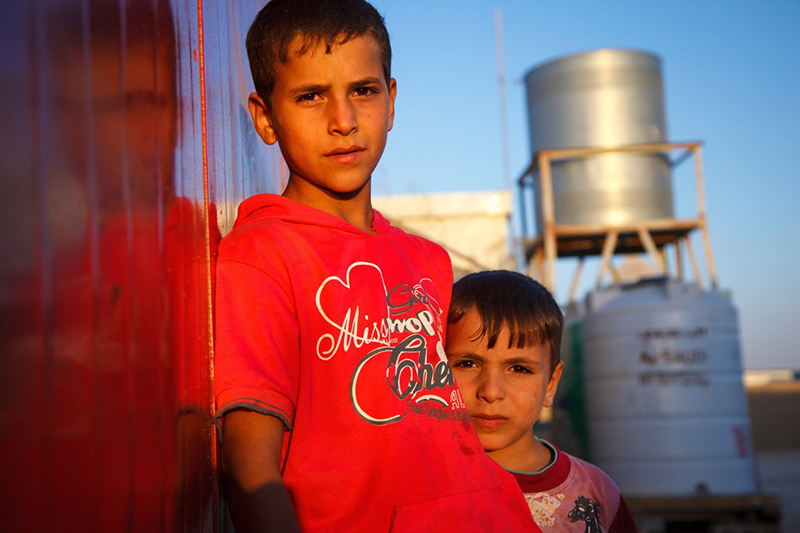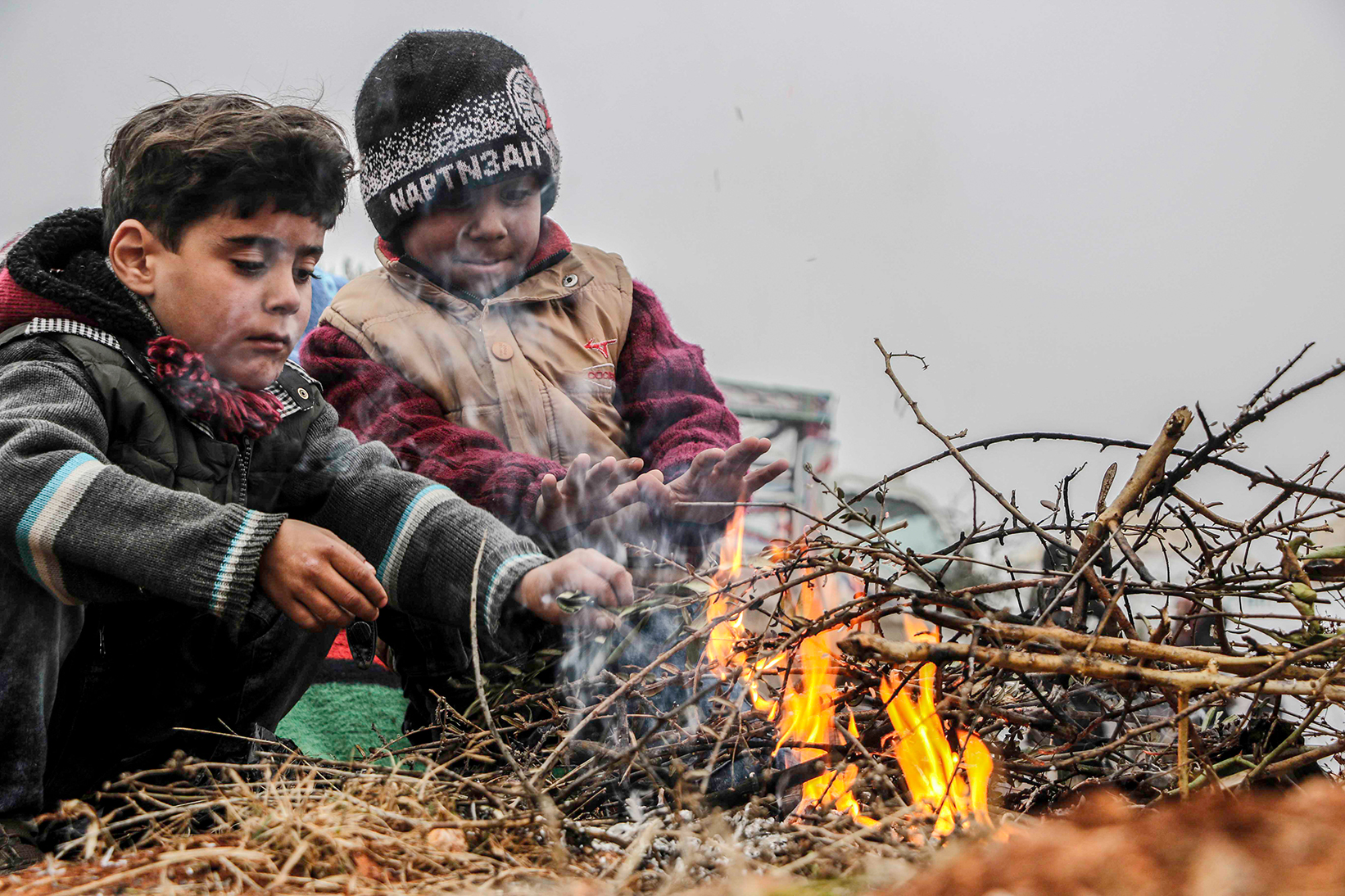In July 2021, the Al-Ashur family tent burned down in the Om Elhadage internally displaced persons camp in Marib, home to 150 people. The Al-Ashurs – a grandfather, two parents and 7 children – had come to the camp when fighting near their home close to the front lines intensified, forcing them to leave. The family slept in the open air until a UNFPA-led Rapid Response Mechanism (RRM) team, while distributing emergency relief, volunteered to help rebuild the family’s temporary home, completing it in 48 hours.
Humanitarian Aid
In West and Central Africa, climate change is experienced through rising temperatures, droughts and destructive floods, strongly affecting people’s well-being. The United Nations mobilizes and coordinates humanitarian assistance to people in need worldwide.
Charity, like the notions of volunteerism and philanthropy, provides real social bonding and contributes to the creation of inclusive and more resilient societies. Charity can alleviate the worst effects of humanitarian crises, supplement public services in health care, education, housing, and child protection. In recognition of the role of charity in alleviating humanitarian crises and human suffering, as well as of the efforts of charitable organizations and individuals, including those of Mother Teresa, the United Nations designated 5 September as the International Day of Charity.
Since the southern departments of Haiti were hit a by a 7.2 magnitude earthquake, WFP has provided 8,000 hot meals to patients, their families and medical staff in hospitals.
Increasing water levels due to heavy rainfall have isolated communities in South Sudan. FAO uses All-Terrain Vehicles for rapid response missions in hard-to-reach locations.
WFP is working around the clock to respond after a 7.2 magnitude earthquake rocked Haiti killing some 1,300 people, leaving up to 5,000 people injured. Numbers are expected to rise as search and rescue operations continue. In a tweet, WFP Haiti said the WFP-managed United Nations Humanitarian Air Service helicopter was on hand, supporting the government and agencies on the ground. Thanks to USAID, WFP has 3,500 metric tons of food pre-positioned across the country to respond swiftly in case of disasters. These existing supplies can support up to 270,000 people for one month.
Seven projects in 2020 helped provide seed funding for income-generating activities to put victims on the path to sustainable economic empowerment and independence.
The people of Gaza are battling a pandemic, unemployment, and poverty while trying to cling to hope. UNRWA launched the 2021 Ramadan campaign so everyone has enough to eat during this holy month.
From Sudan to Afghanistan to Bangladesh, the effects of climate change are creating more need for humanitarian aid in the form of food, shelter and medical care. The impacts are unevenly weighted against the poorest people and those with the least resources to withstand climate shocks and stresses. Over half of all humanitarian crises are somewhat predictable and 20 per cent are very predictable. Yet less than 1 per cent of humanitarian appeals funding is channelled to anticipatory action. Extreme climate- and weather-related events are more common and severe, yet most humanitarian responses continue to be launched only after extreme weather events have already resulted in critical damages to the most vulnerable people. We need to prevent extreme weather events from becoming humanitarian disasters through more effective disaster risk reduction and management, including early warning, anticipatory action and early action.
On the eve of the fifth Brussels conference for Syria, the United Nations humanitarian, refugee and development chiefs have urged international donors to step up and stand with the millions of people in Syria and the region who depend on life-saving humanitarian aid and livelihood support after a decade of war. With the added impact of COVID-19, there is no respite for civilians in Syria. They face increasing hunger and poverty, continued displacement and ongoing attacks. Today 24 million people need humanitarian or other forms of assistance in Syria and the region, four million more than in 2020.
As the conflict in Syria reaches its tenth year this month, the losses and effects are staggering. Almost 5 million children born in Syria since the conflict began have never known peaceful times, and a million more Syrian children were born as refugees in neighbouring countries. The pandemic is exacerbating humanitarian needs, affecting an already depleted workforce and stretching the country’s debilitated health system beyond capacity. These 10 numbers provide a snapshot of the 10-year Syria conflict.

